Best base for a gazebo – landscaping experts reveal their top tips for your garden structures
There are many different materials to choose from when landscaping a yard, but what is the best base for a gazebo?
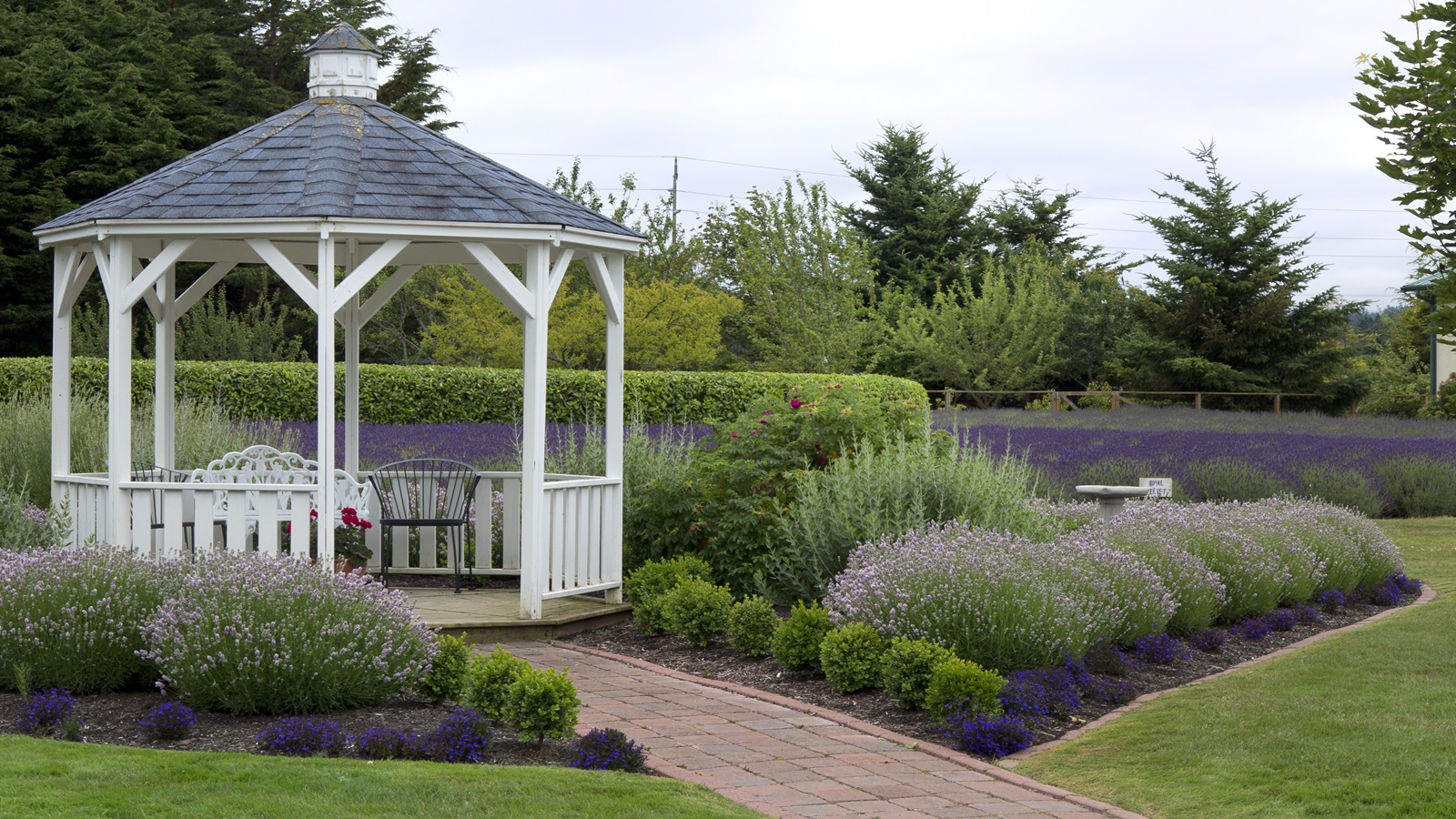

Deciding on the best base for a gazebo will not only influence your design choices and the placement in the yard, but this can also impact the longevity and practicality of this popular garden feature.
If you are seeking patio shade ideas, gazebos are a fantastic option. These backyard shelters provide an intimate spot for friends and family to gather outside, no matter what the weather or time of day. They also offer privacy; handy if your backyard is overlooked, plus make a stunning focal point, either for special occasions or as a permanent feature within a landscape design.
Made from timber, iron, steel or aluminum, manufactured gazebo designs can be ornate or pared back, and come in a range of shapes and sizes, with open or enclosed sides – or often a combination of both. The one key element, these outdoor shelters all need is a level and supportive base. We spoke to landscape design experts to find out what is the best base for a gazebo.

Best base for a gazebo
Whether your backyard gazebo is to be purely decorative or a long-term, functional space, all designs need a firm, flat base to stand upon. Some outdoor surfaces and landscaping materials are more suitable and easier to work with than others.
Building on grass
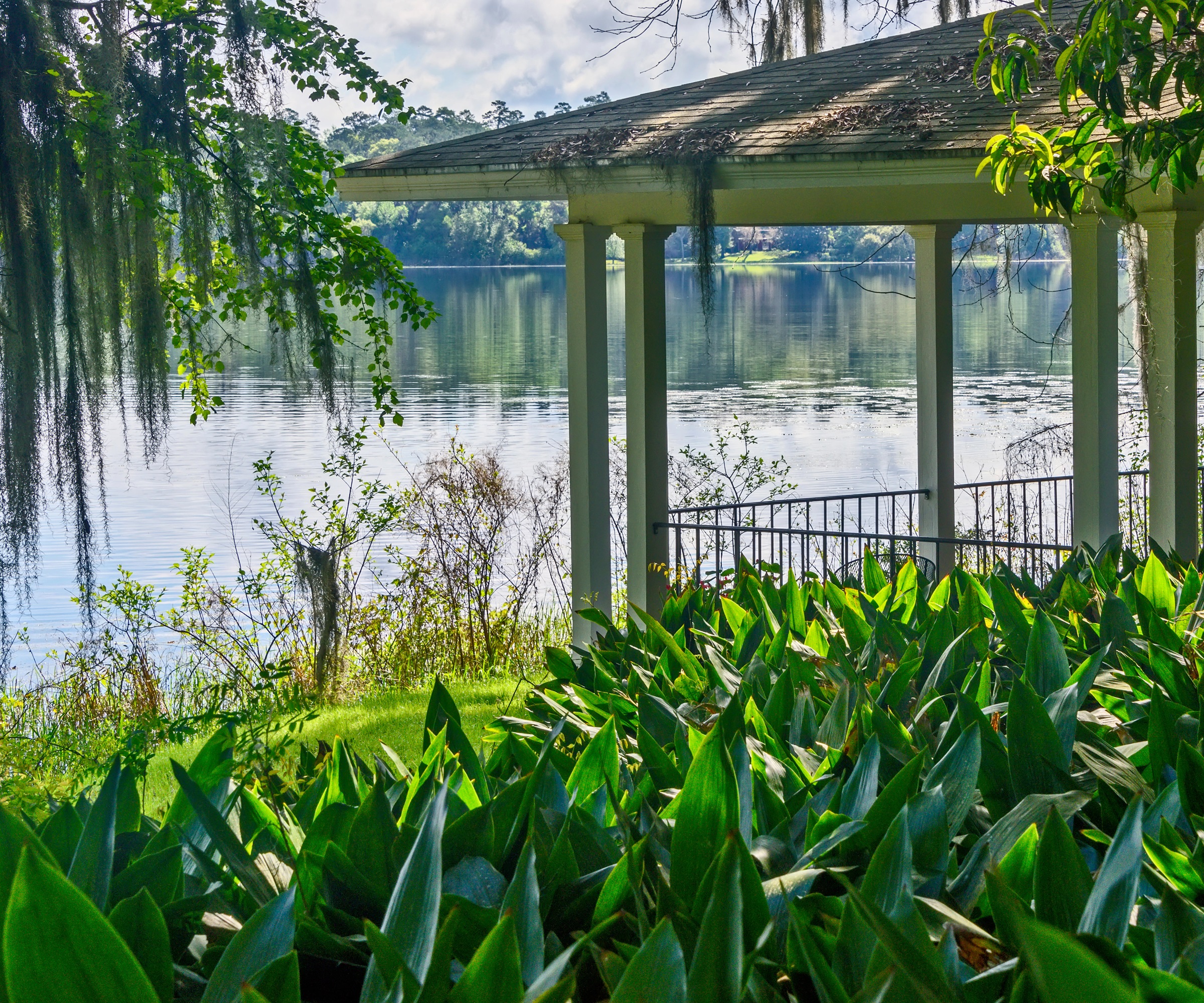
An ornate gazebo placed in the middle of a pristine lawn is an arresting sight, but unless you are simply pegging in a temporary shelter, it will need a firm and level foundation.
‘When you place your gazebo directly on the ground, parts of the structure will start to warp. After a few years, some of the joints will start to come apart,’ says construction expert Kevin King.
Fortunately, the solution is relatively simple, and Kevin, along with other professionals recommends creating a sound base for the gazebo to stand on. Jonathan Ames, designer at Bacqyard suggests it is best to 'follow solid construction methods.’ Crushed stone, paving or a timber deck all work well if they are well prepared. Jonathan advises that it is essential to 'ensure proper leveling and compacting to prevent settling.’
If building on soft, waterlogged ground, he also suggests taking extra precautions. ‘Improve drainage by installing a layer of crushed stone or a French drain system – essentially a membrane-lined trench filled with aggregate - beneath the base material.’

Jonathan is a garden and landscaping expert, with expertise in garden design. He works for BACQYARD, with a team of dedicated landscape architects seeking to revolutionize the way we interact with our outdoor spaces.
Building on a timber or composite deck
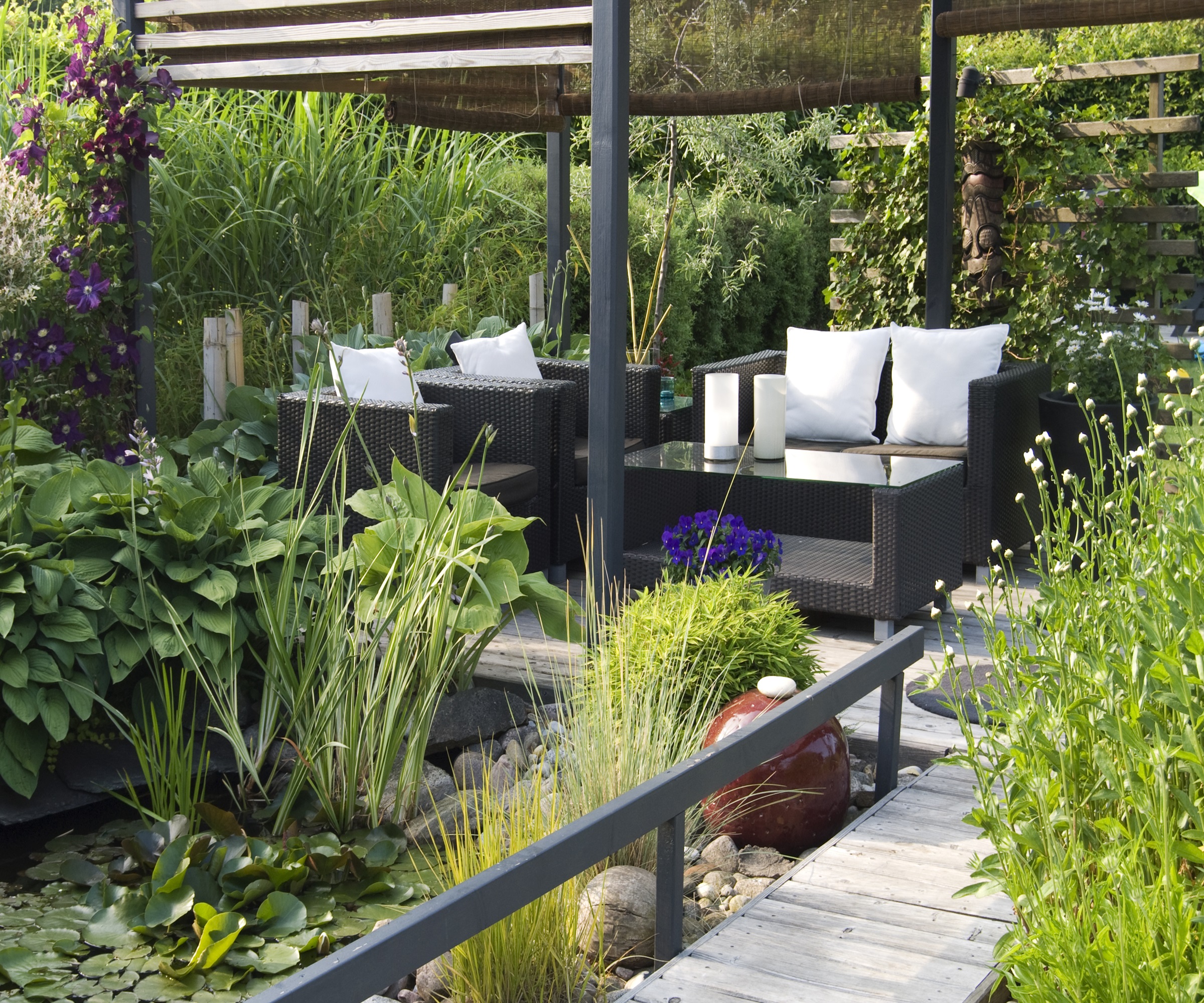
Gazebos look simply stunning placed on a timber deck, particularly if placed near water. Offering a sheltered place to rest, unwind and socialize they can quickly become a favorite spot in the garden, but there are a few practical issues to consider.
‘Decks can be constructed out of real or composite wood,’ says landscape designer Amber Freda. ‘Many people prefer composite wood decking for its longevity and ease of maintenance. Composite decks also won’t weather to grey, unlike real untreated wood.’ Composite decking is available to buy from Walmart.
While constructing a wooden base that sits low and entirely upon the ground for a gazebo is a straightforward task, placing one on a raised frame is far more complex.
With extra weight to support, the supporting framework must be properly configured and installed, before any deck boards are laid or the gazebo is added. If the terrain is particularly tricky, high up, or if the deck covers a particularly large area it's a job that is best left to the professionals.
Jonathan Ames explains that 'timber decks are perfect for dealing with uneven or sloping ground. Construct a frame with pressure-treated timber, ensuring it is level. Attach decking boards and treat with a weather-resistant finish.’
Building upon concrete
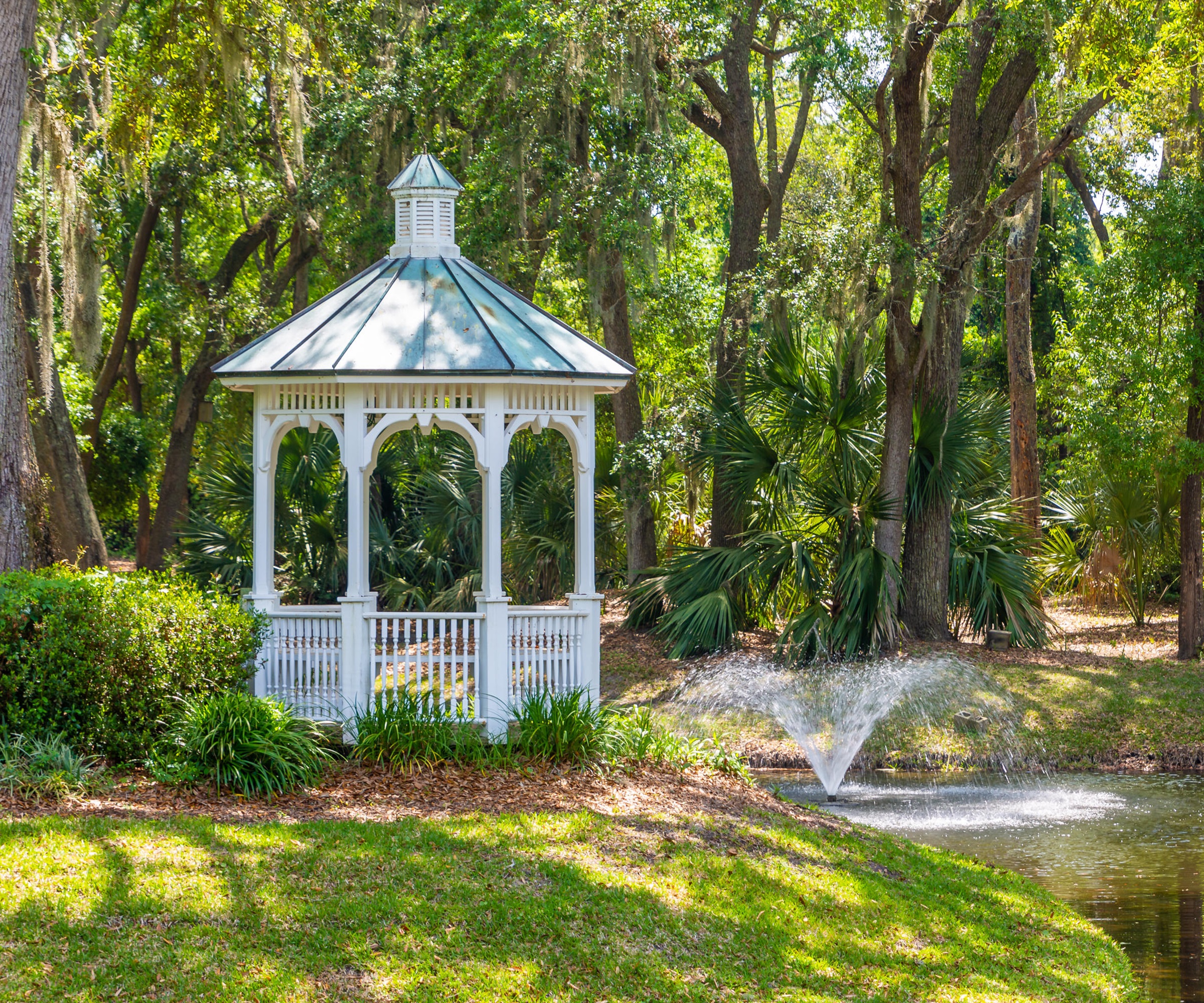
For a durable, cost-effective and low-maintenance option laying a concrete slab base is hard to beat. Once dry and the gazebo erected, the surface can be left exposed, or tiled, or you can even paint concrete bases, for a high-end contemporary finish.
‘Ideal for long-term stability, excavate the area to a depth of 6-8 inches, lay a gravel base, surround with timber forms, and pour the concrete,’ says Jonathan Ames. ‘Using a level to ensure an even, finished surface is key.’
Allowing poured concrete to cure is an important step in achieving a crack-free and even result. Maintaining a constant temperature will ensure the material settles and bonds well while drying and always avoid walking on or disturbing the surface while wet. Another option is to use a liquid curing compound to seal the surface. This will slow evaporation and prolong the curing process for a flawless finish.
Building on paving
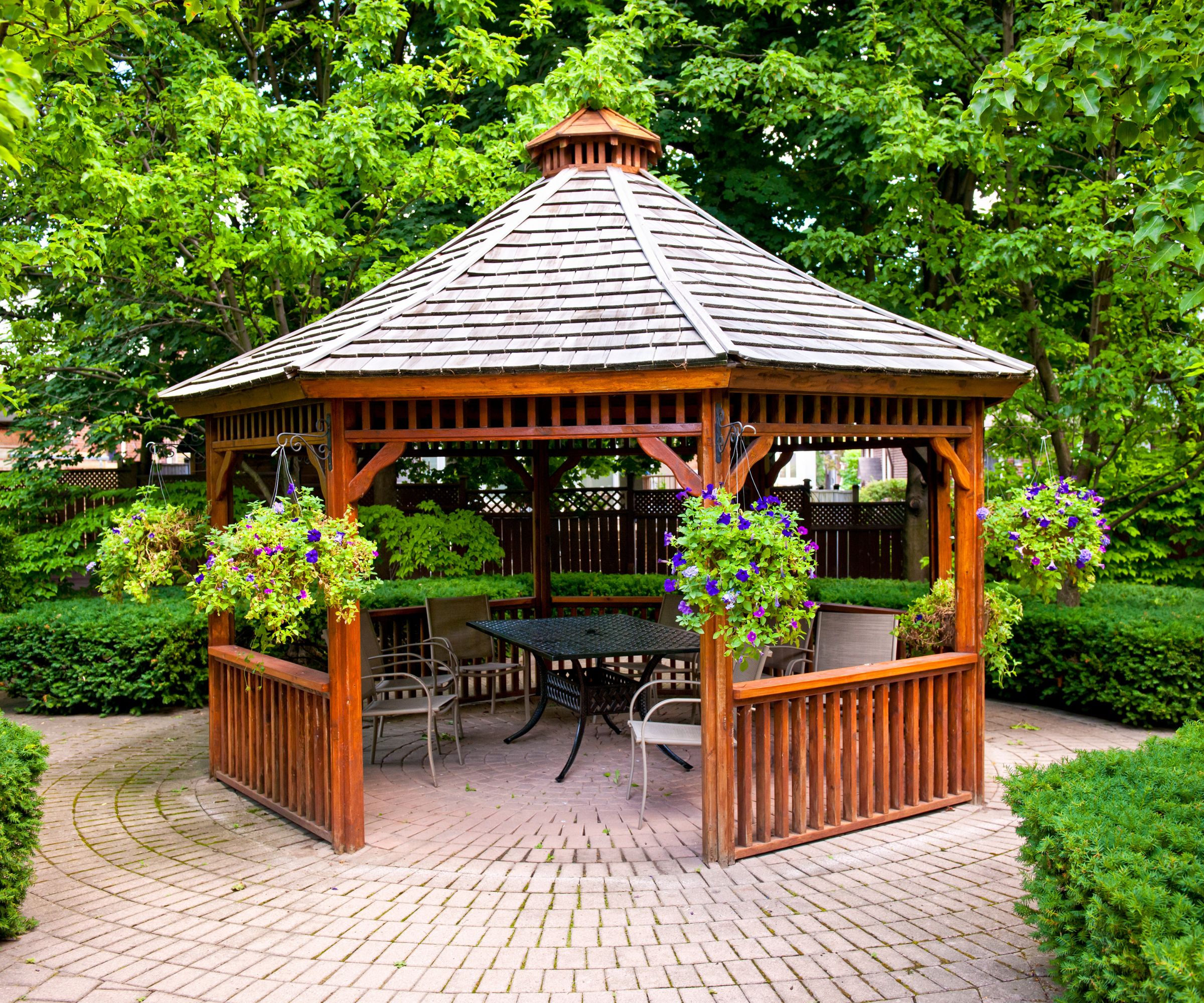
If you are looking to give a gazebo a chic, decorative finish then paved areas in the backyard are a must. There are endless paving materials to choose from, in a huge range of different formats, materials and finishes so you can truly tailor the design to your liking.
While traditional choices include intricately laid clay pavers, stone slabs and setts, other contemporary options can help cut down on maintenance and complement sleek, modern designs.
Choosing to pave a gazebo base can open other design opportunities. If opting for a raised base, why not incorporate coordinating steps and coping stones for a seamless and classic look? Cladding the exposed sides of the base with toning, contrasting porcelain tiles or stone cladding is another option that can elevate your design.
The preparation steps for constructing a gazebo base ready for paving are relatively straightforward and rely on the same meticulous approach as other methods. Jonathan Ames recommends 'digging to a depth of 6-8 inches, adding a compacted gravel base, a layer of sand, and then laying the pavers. Fill gaps with sand and compact again.’
Directly on gravel
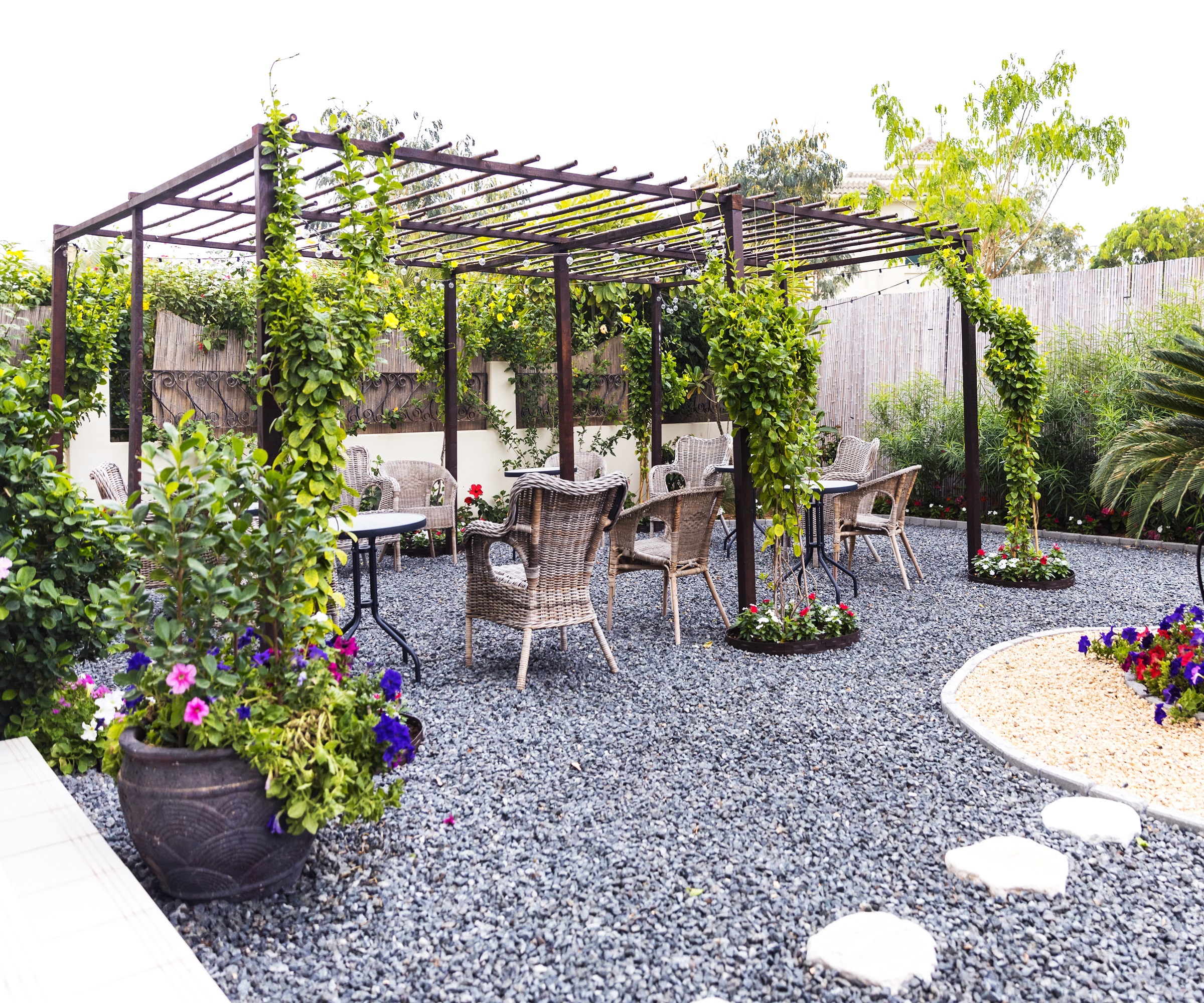
Easy and quick to do, laying a gravel base for a gazebo is hugely satisfying and can look stunning in the right setting. Suited to dry, sunny spots, rock gardens and Japanese-inspired design ideas, you can choose the color, grade and type of aggregate to suit your garden design and your own personal preference.
A cost-effective project too, there is little preparation needed other than clearing and leveling the site. Jonathan Ames suggests 'excavating the area, laying landscape fabric to prevent weeds, and filling with compacted gravel.'
Looking for some design inspiration? Be sure to check online for a great selection of aggregates including this great value landscape rock & pea gravel from Walmart, and this reddish natural stone gravel, also from Walmart.
FAQ's
What size should a gazebo base be?
Gazebos come in a range of shapes and sizes; square, rectangular, octagonal and hexagonal are among the most common. Any base needs to be flat, level and strong enough to support the structure and - above all - large enough to accommodate the whole frame.
To create a base, clear and level an area of ground at least 2 ft (61cm) wider than the dimensions of the gazebo. This enables plenty of space to carry out the construction work and ensures all sides of the structure are well supported.
Looking to make the most of a new gazebo, then look for stylish and nifty lighting ideas so you can enjoy the space after dark and be sure to integrate the structure into its new surroundings with fast-growing climbers, like bougainvillea, which produces a bounty of colorful blooms. Bougainvillea plants are available from Walmart.
Sign up to the Homes & Gardens newsletter
Design expertise in your inbox – from inspiring decorating ideas and beautiful celebrity homes to practical gardening advice and shopping round-ups.

Journalist Jill Morgan has spent over 20 years writing and editing gardening, interior and property features. Titles she has worked on include The English Home, House Beautiful, Ideal Home, Houzz and Modern Gardens and she writes regularly for H&G as a Contributing Editor. Whilst she is a dab hand at renovation projects and DIY, she is happiest when out digging in the garden or planning a new border.
-
 How to get rid of bean seed flies – a pest control expert reveals how to keep crops safe from these seed munchers
How to get rid of bean seed flies – a pest control expert reveals how to keep crops safe from these seed munchersAs their name implies, these insects primarily feed on bean crops
By Tenielle Jordison
-
 Sarah Michelle Gellar's kitchen cabinets are moody yet elevated – I've always used dark paint with caution, but they make bolder tones accessible
Sarah Michelle Gellar's kitchen cabinets are moody yet elevated – I've always used dark paint with caution, but they make bolder tones accessibleThe actress's black kitchen cabinets are bold yet palatable, proving that this dark shade is a trendy yet timeless color pick
By Hannah Ziegler
-
 When and how to divide asparagus – expert tips to rejuvenate older plants for better yields
When and how to divide asparagus – expert tips to rejuvenate older plants for better yieldsDividing asparagus crowns is simple and rewarding, but you must get the timing right
By Drew Swainston
-
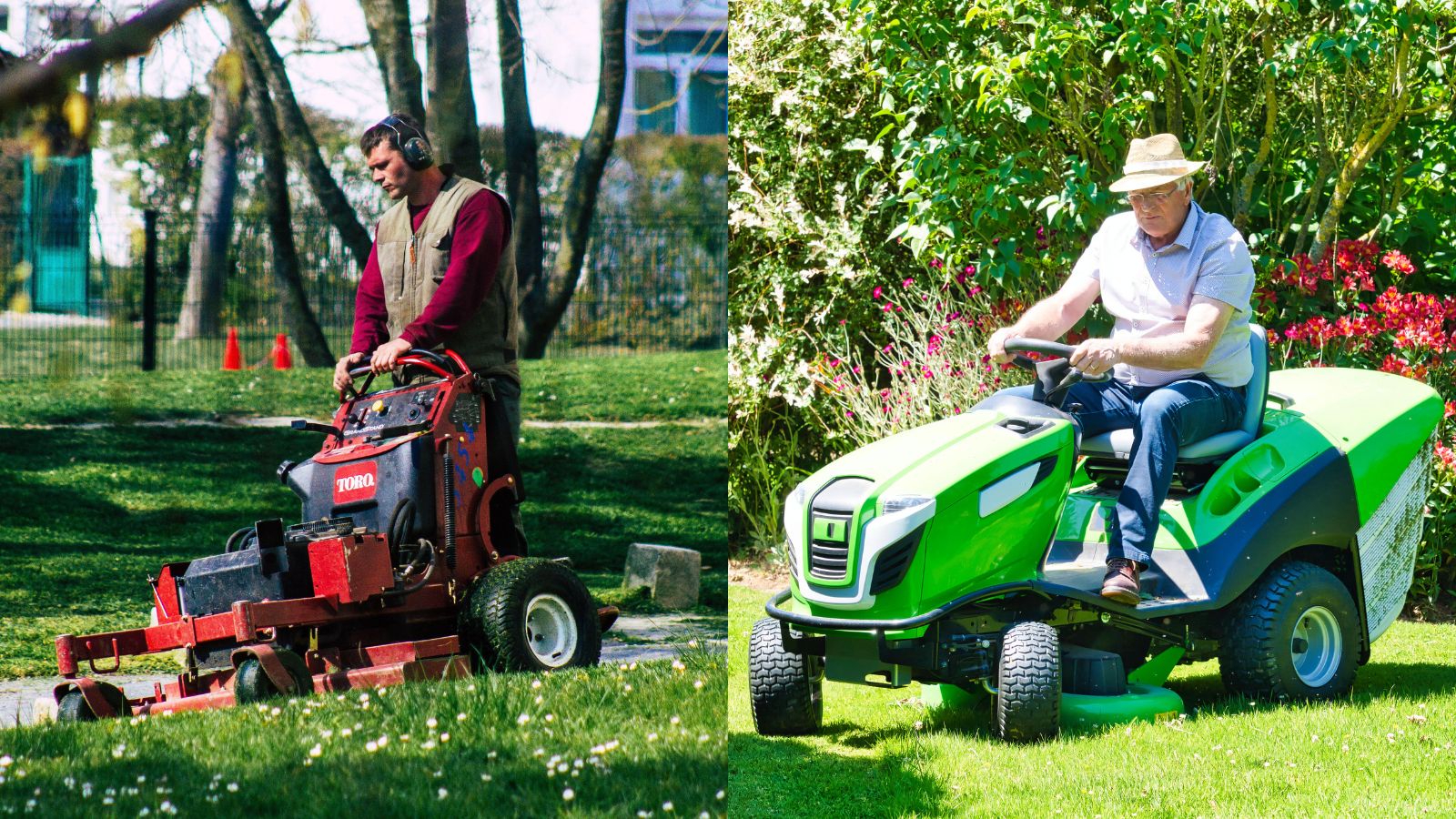 Standing mowers vs riding mowers – a mowing expert reveals which is best
Standing mowers vs riding mowers – a mowing expert reveals which is bestStanding mowers vs riding mowers is a heated debate among landscapers. I spoke to a landscaping expert to find out if standing mowers really are the best
By Alex David
-
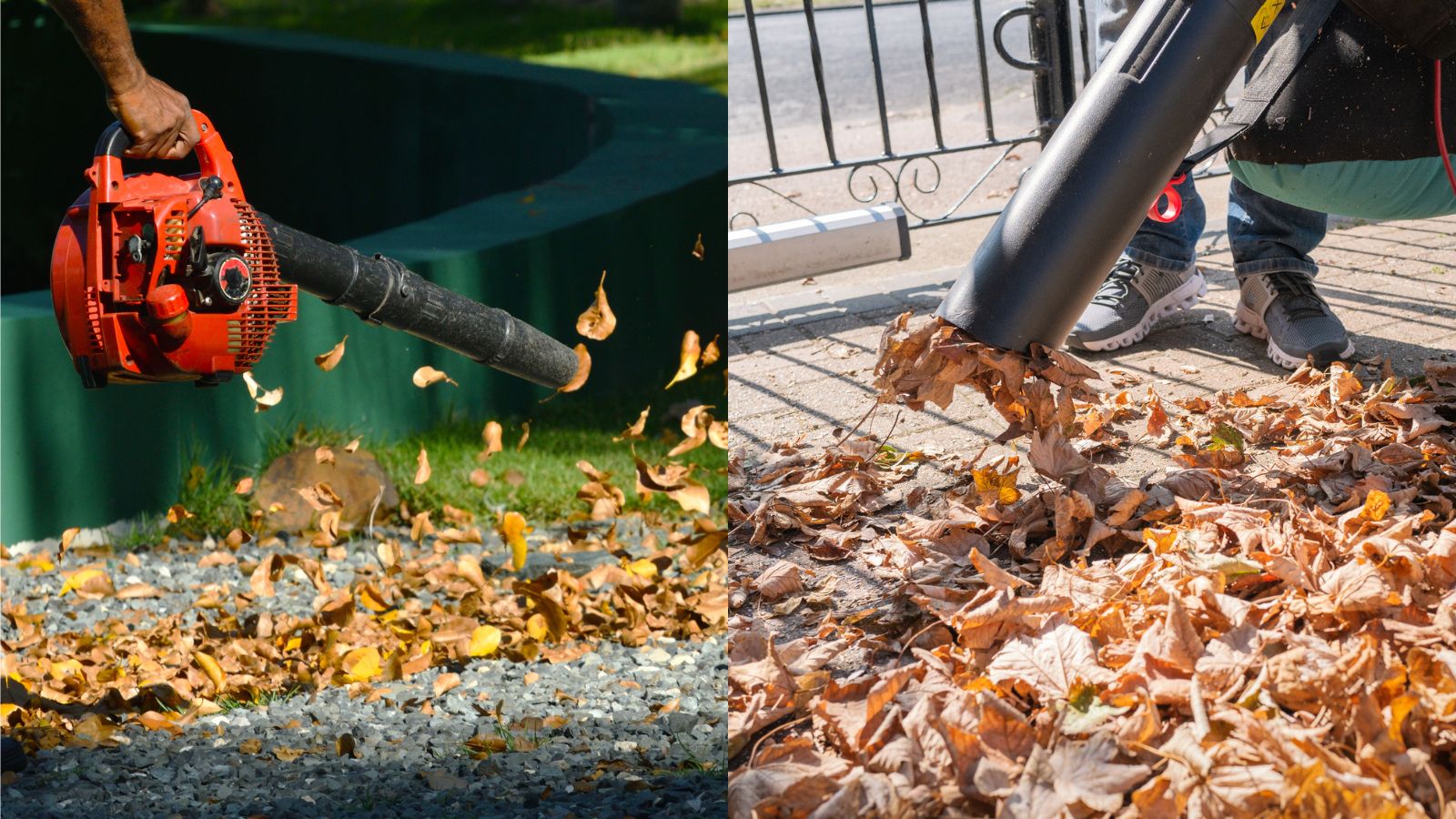 Leaf blowers vs leaf vacuums – which is best for your yard, and should you bother with either?
Leaf blowers vs leaf vacuums – which is best for your yard, and should you bother with either?It's not obvious which is best between leaf blowers v leaf vaccums. As a product tester, this is all you need to know about these controversial yard tools
By Alex David
-
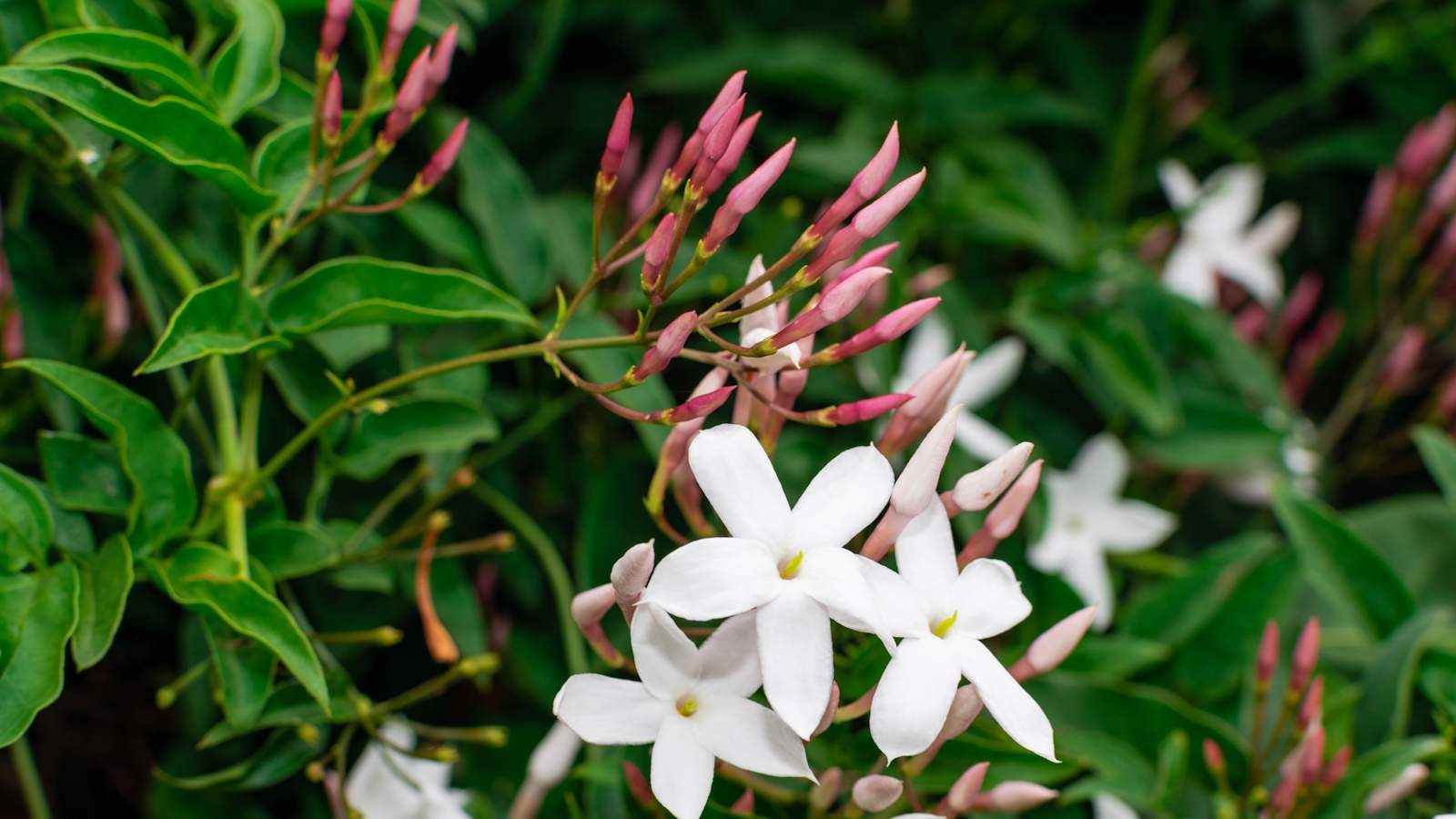 Pruning jasmine in late summer will ensure your plants bloom better than ever next year
Pruning jasmine in late summer will ensure your plants bloom better than ever next yearTiming is critical when pruning summer-flowering climbers
By Thomas Rutter
-
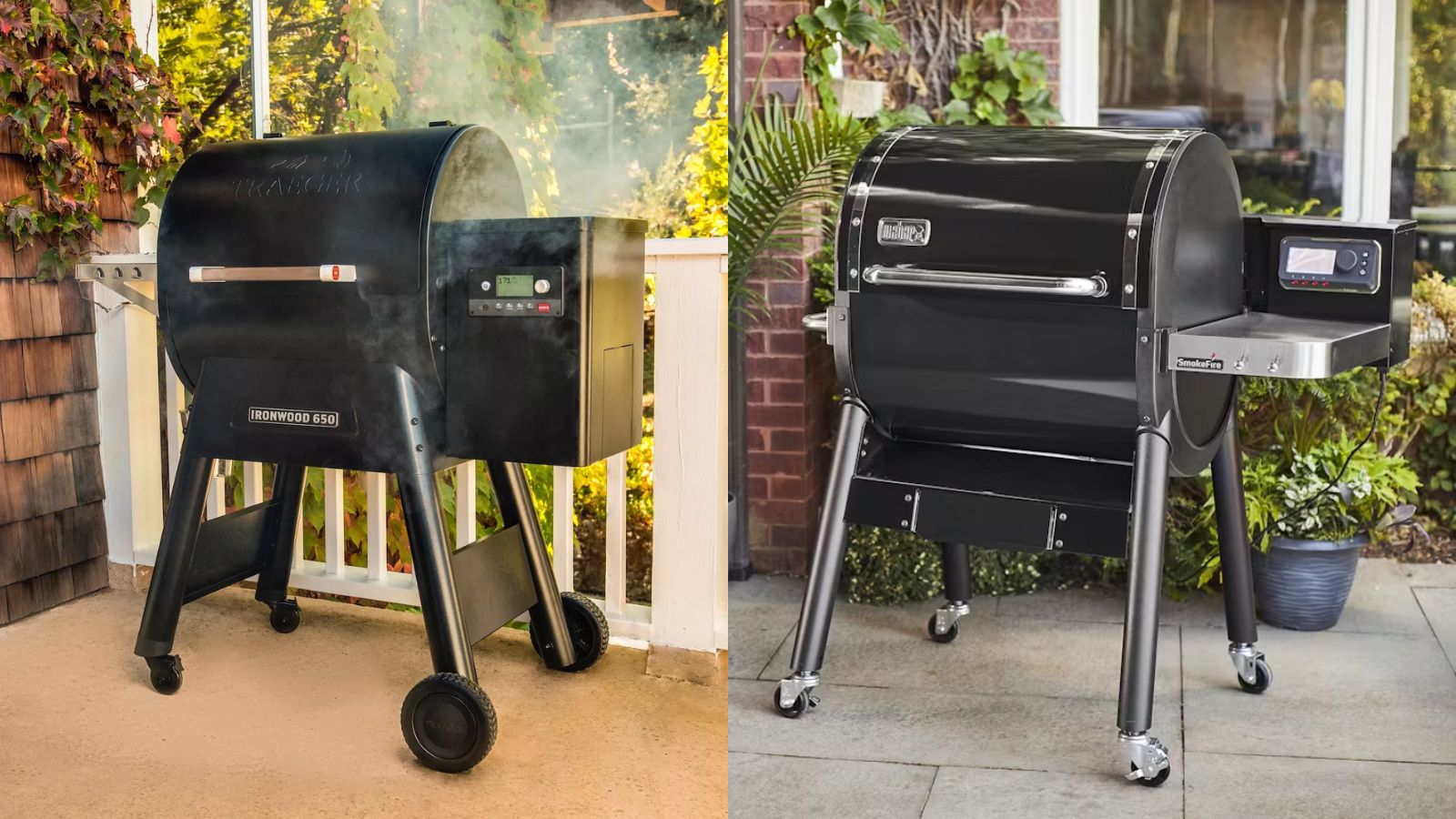 Weber vs Traeger – which pellet grill should I buy? Advice from a product tester
Weber vs Traeger – which pellet grill should I buy? Advice from a product testerThey're two titans of the grilling game, but who comes out on top between Weber vs Traeger? As a product tester, this is all you need to know about the brands
By Alex David
-
 Bougainvillea in miniature – with a little patience, anyone can grow these vibrant plants in bonsai form
Bougainvillea in miniature – with a little patience, anyone can grow these vibrant plants in bonsai formGrowing bougainvillea bonsai trees can add impact to even the smallest of spaces
By Thomas Rutter
-
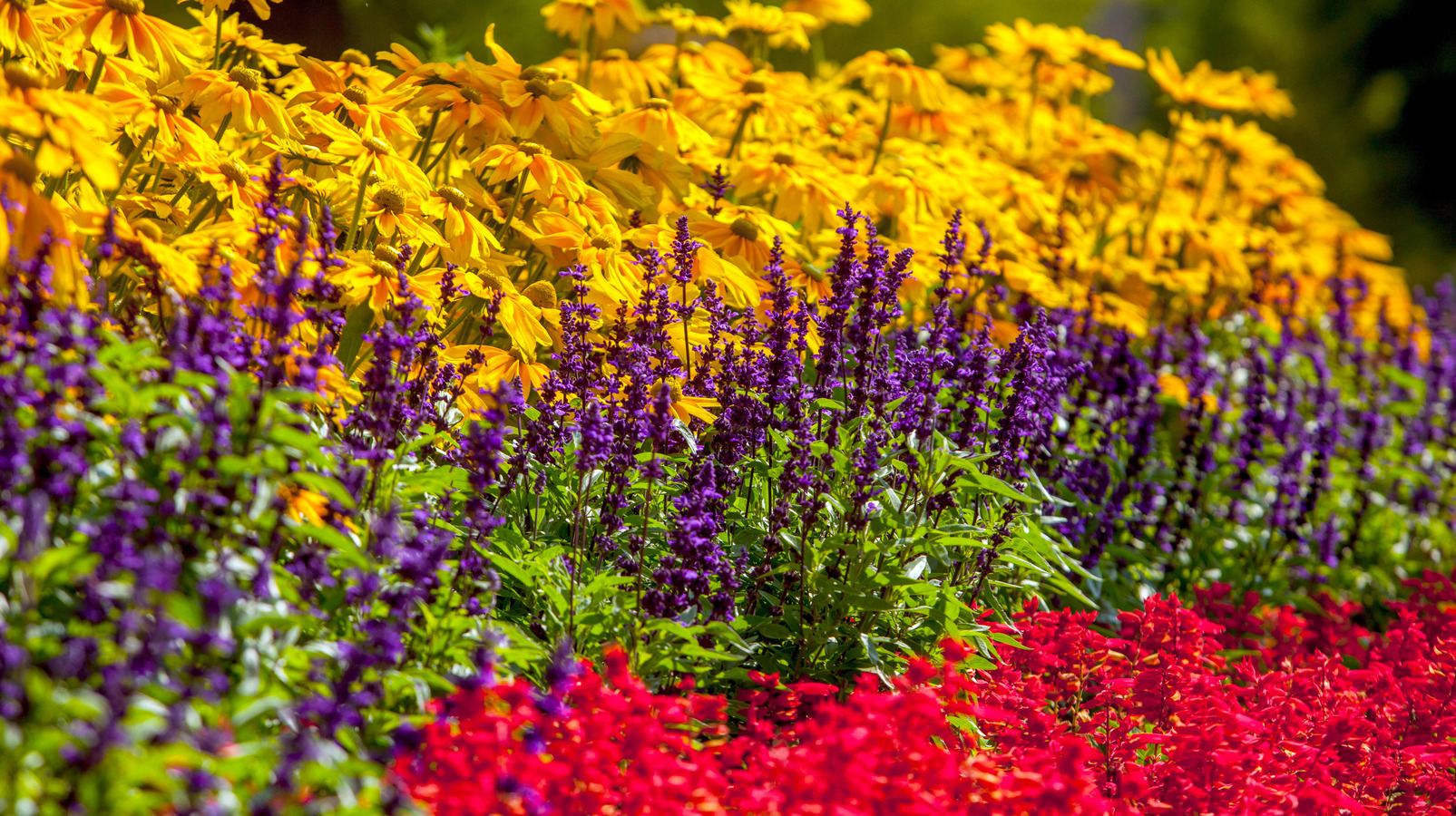 10 low maintenance, drought tolerant plants – for a beautiful and undemanding landscape
10 low maintenance, drought tolerant plants – for a beautiful and undemanding landscapeExpert plant picks for a thriving dry garden, that will make life easier and more colorful
By Jacky Parker
-
 How to grow eastern redbuds – the cherished native tree with striking spring blooms
How to grow eastern redbuds – the cherished native tree with striking spring bloomsAdaptable and reliable, eastern redbuds are tough trees that will not disappoint
By Thomas Rutter